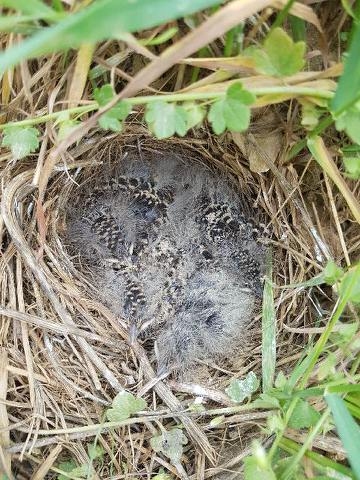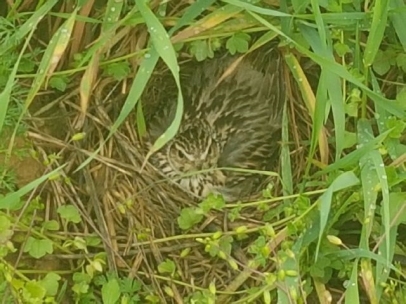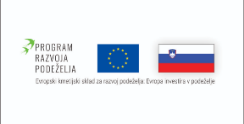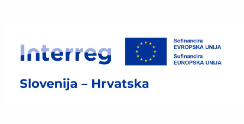Woodlark - new data for Goričko
In the spring of 2018 we began with the inventory of the woodlark. At the end of March, we started searching for occupied territories, and in April we continued to determine their habitat use. We were somewhat surprised that they quite often foraged on arable land, probably due to the sparse and low vegetation early in the season. Unfertilized meadows on shallow sandy soils, which have a large proportion of bare soil due to poor conditions, and fallow land were also important foraging habitats. The latter are overgrown with weeds whose seeds are an important source of food for the woodlark. The growth on them is fairly unevenly distributed and of different heights, which is suitable for both feeding and nesting. Two nests were found on the arable land, one on the plowed field and the other in a field of winter grain. Elsewhere, where the exact locations of the nests have not been discovered, based on the behavior of the birds, we assume that there woodlarks also nested in plowed fields, fields with winter grain and fallow land.
In both cases of the discovered nests, the Goričko Nature Park Public Institute contacted the owners, who were in favor of the protection of the species. The owner of the plowed field agreed to leave about 100 m2 around nest untouched. Unfortunately, the storm that raged in NE Slovenia at the beginning of May destroyed the nest, but we hope that the larks did make a replacement nest in the preserved area. The owner of a field with winter grain has also agreed not to cultivate the part of the field with a nest until the end of the nesting season. This nest experienced a real drama on the day of its discovery, as the owner accidentally ran over its outer edge with a tractor while spreading fertilizer, not yet knowing about the nest. Fortunately, the eggs survived, and the female even layed another egg next day, laying four eggs in mid-May.
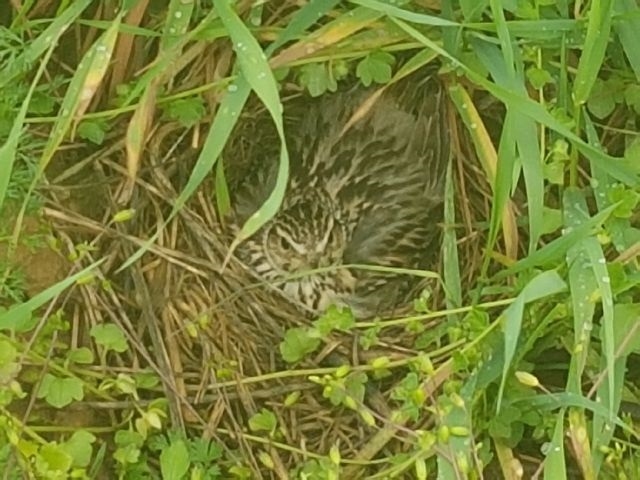
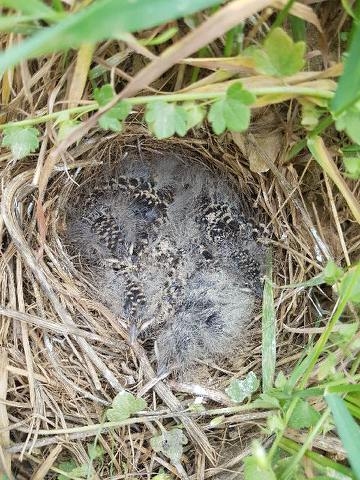
Due to the time coincidence with agricultural tasks (plowing, harrowing, sowing, application of plant protection products and artificial fertilizers), the fields seem to be an ecological trap rather than a good nesting area for woodlark. The large population decline in Goričko since the late 1990s is therefore not surprising. Here, a comparison is offered with the northern lapwing (Vanellus vanellus). Lapwing has exchanged meadows for fields in most of its distribution area, which makes it a near-endangered species (NT) worldwide and a vulnerable species (VU) in Europe. The woodlark can obviously also be affected by strong storms, which have become a constant with anthropologically caused climate changes. It would be interesting to know whether its nests in natural nesting grounds, represented in the Karst, for example, by extensively cultivated meadows and pastures, are safer from storms.

